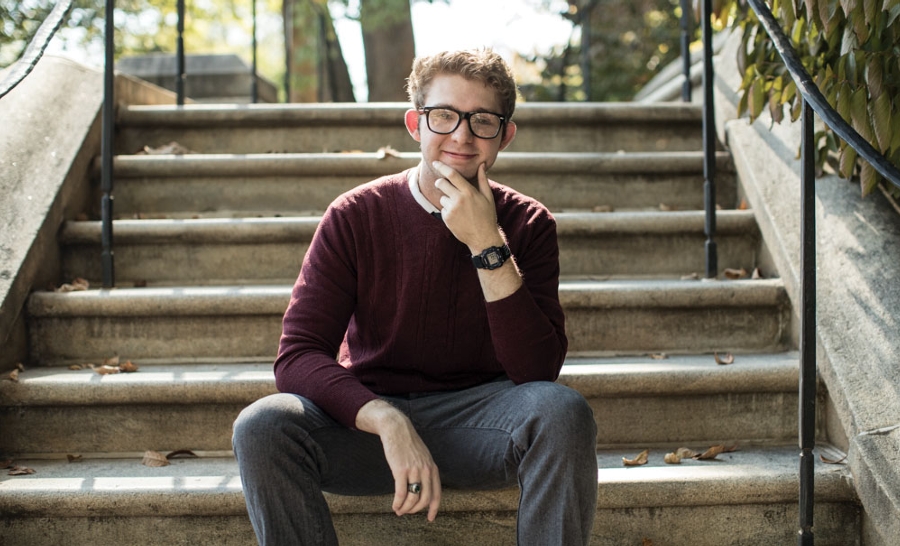How to Make College a Better Bet for More People
To explore how to lift people’s prospects, The Chronicle brought together a campus leader, a public official, a researcher, and a college counselor.
Lynch, 2019 / School Library Journal / January 2019

Josh Farris grew up in the tiny town of Shawsville in Montgomery County, VA, just two hours west of Charlottesville, home to the University of Virginia (UVA). But walking among UVA’s red brick colonial buildings as a freshman in 2015 felt like traveling to a different world. He had never even toured the campus before he was admitted.
“I felt like I couldn’t relate to other students or my family,” says Farris, who is the first in his family to attend college. Contrasted with the average UVA student, who comes from a family earning more than $155,000 each year, Farris’ childhood included periods of homelessness and a father who had served time in prison. Neither of his parents went to college, and when he started at UVA, Josh had a hard time explaining campus life to his mother.
“I went almost an entire year without my Mom [understanding]what was going on,” he says. In addition to carrying a full course load, Farris also works a few hours a week at the campus writing center to send money to help his parents and brother, who is currently serving time in jail on drug charges.
While Farris may feel lonely, he is not alone. On campuses nationwide, an increasing number of students are the first in their families to pursue higher education. A 2018 study conducted by the Center for First-generation Student Success, part of the National Association of Student Personnel Administrators (NASPA), reports that one- third of undergrads are first-generation college students.